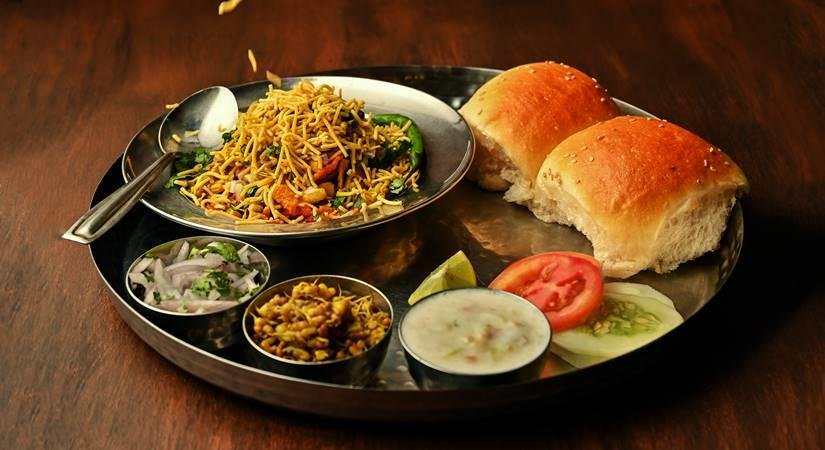
India’s Snacks And Their International Connections
Indians share an enduring affection for snacks. These delectable treats have seamlessly integrated into the fabric of Indian culinary culture, becoming an indispensable part of daily life. Moreover, being a snacking nation with an ancient snacking culture that has evolved because of its unique geography, climate, and history, India has a vibrant segment of snack offerings.
From Godrej Food Trends Report 2023:
Samosa: Samosa, despite being a non-Indian snack, is one of the favorites amongst Indians. Samosa was introduced to India during the Delhi Sultanate by the cooks and traders from the Middle East and Central Asia where accounts of Sanbosag and Samsa from Turkish and Persian cuisine can be found as early as the 10th century.
Vadapav: The popular Mumbai snack was invented in 1966 by Ashok Vaidya, a Marathi snack vendor in Mumbai. The snack was an instant hit wherein he created vadapav with batata vada and ladi pav – two city staples. When mills started closing in the 70s and 80s many unemployed mill workers opened vadapav stalls thus exploring the new street food culture.
Idli: Food historians believed that idli was adapted from the Indonesian kedli around 800-1200 CE, when it was ruled by Hindu Kings of Shailendra Isayana. The ancient texts of Karnataka like Vaddharadhane of 920 CE and Manasollasa of 1130 CE mention similar dishes called iddalage and iddarika.
Kababs: Kababs are believed to have originated in Turkey. They were introduced to India by Afghan invaders and popularized by Mughals. According to lbn Battuta, kababs were found in the royal Indian kitchens as early as 1200 AD. Momos: Momos came to India with Tibetan refugees in the 1960s and are savored across the country today.
Litti: Litti was first introduced in Magadha, an ancient kingdom in Southern Bihar. Later during the reigns of Tantia Tope and Rani Lakshmibai, it became an important wartime meal. Today, litti chokha is a staple in Bihar.
Pav Bhaji: Pav Bhaji was a result of the American Civil War. Since the war caused a spike in the demand of cotton there. Therefore, the hungry traders collected the excess bread from Jesuit priests, added a spicy bhaji of assorted mashed vegetables and thus this iconic snack was invented. (IANS)




